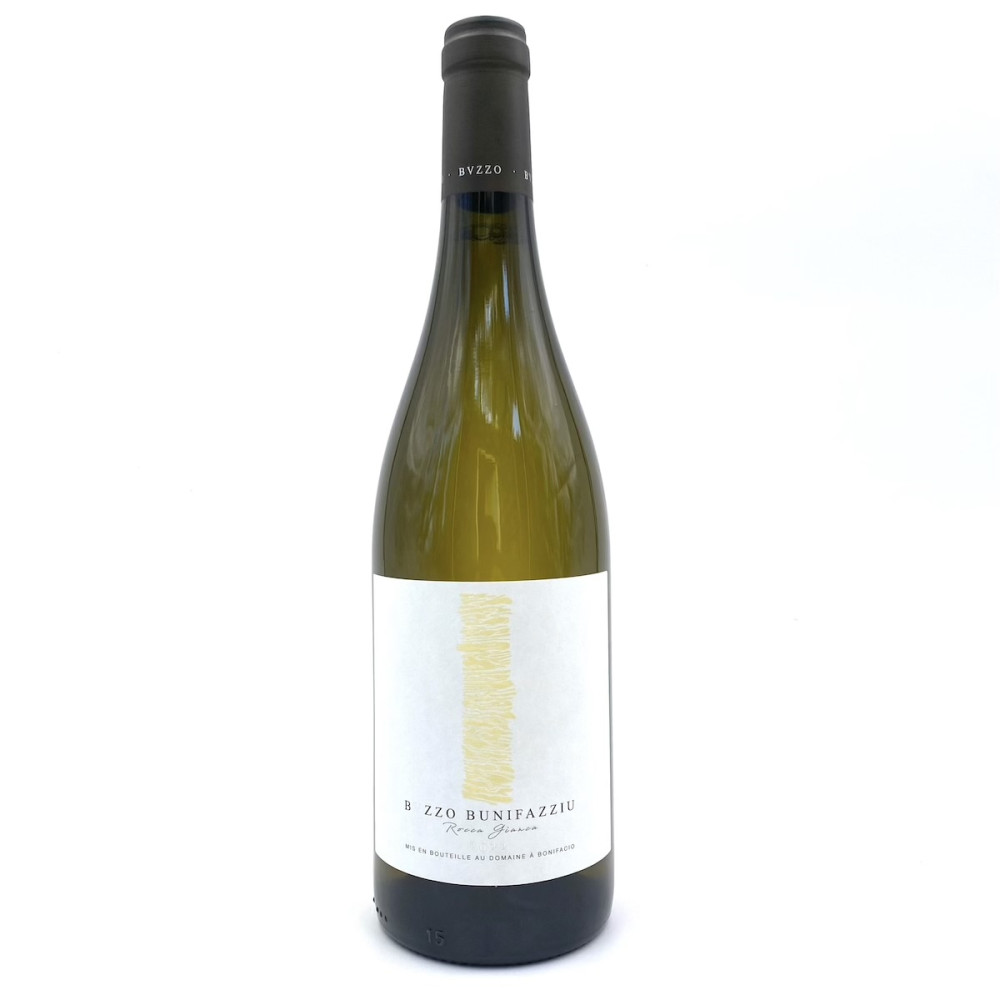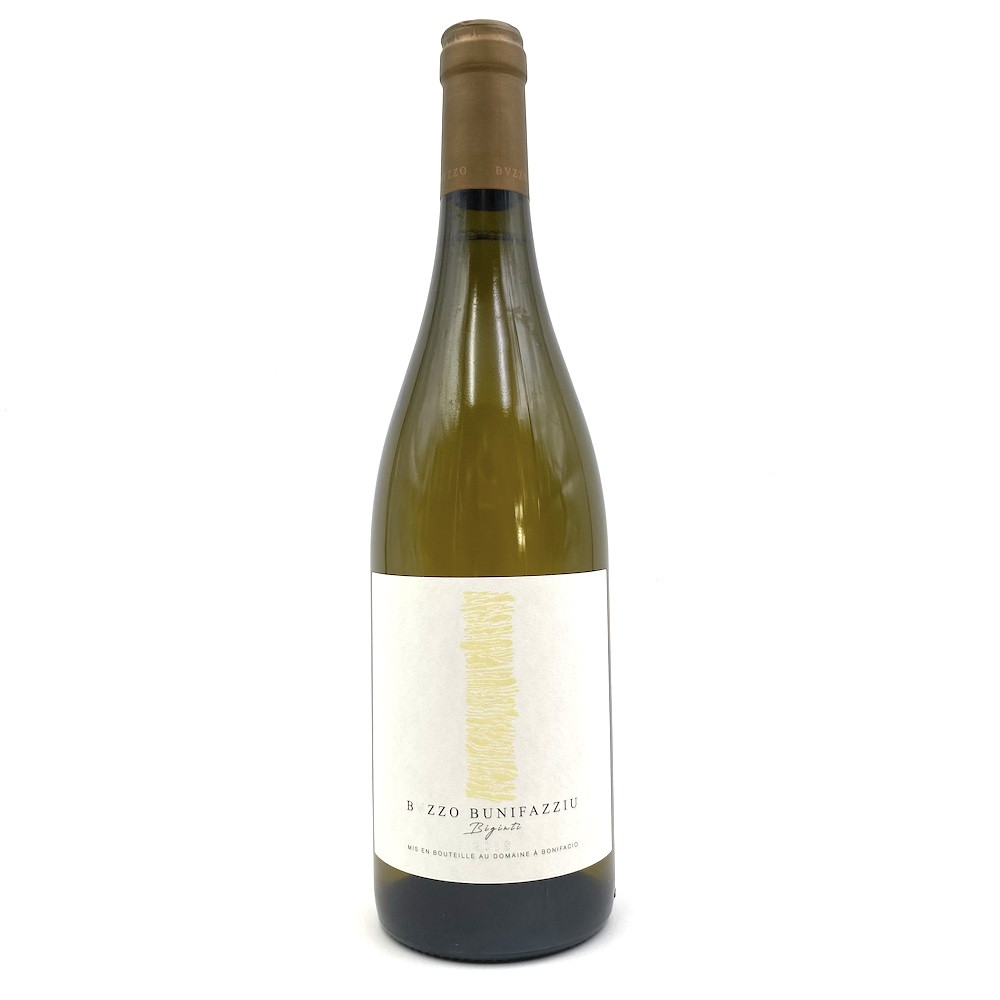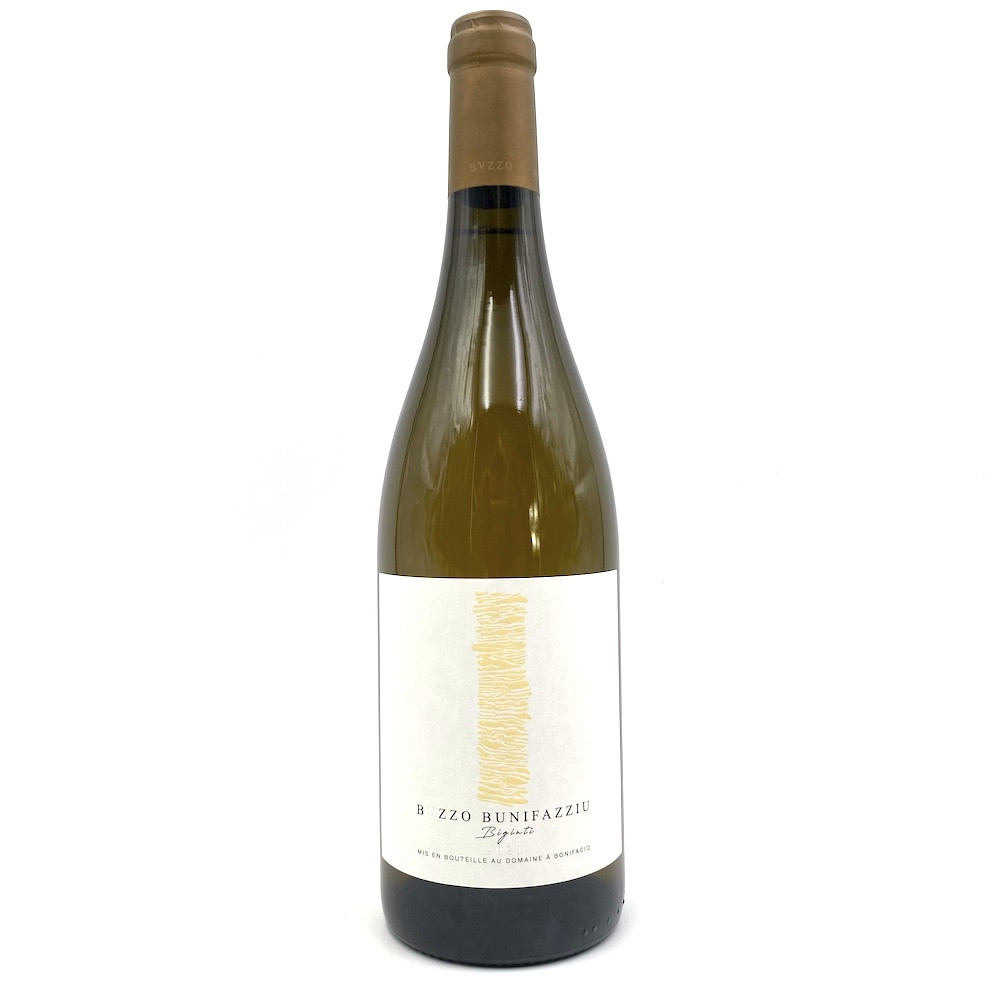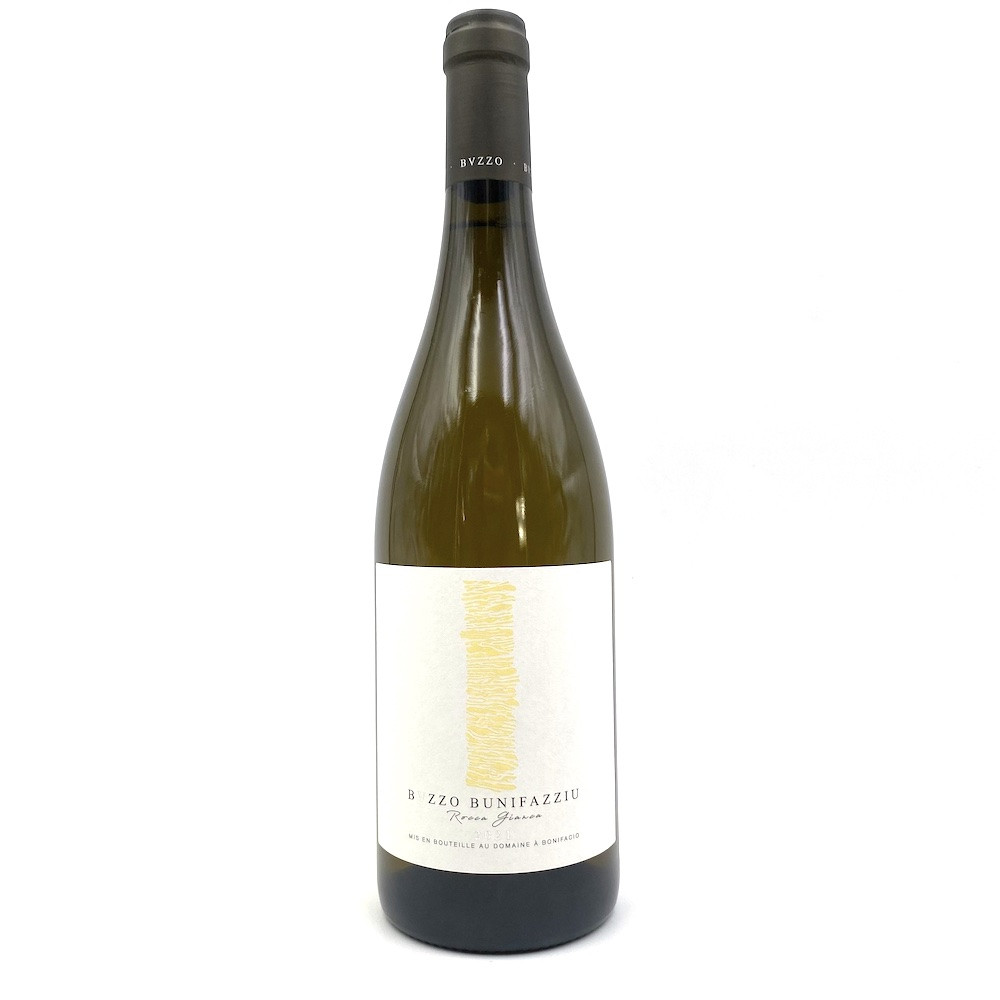Corsica
Domaine Buzzo Bunifazziu - Cian di Fossi 2019
33.60 €
Domaine Buzzo Bunifazziu - Biginti 2018
36.00 €
Domaine Buzzo Bunifazziu - Biginti 2021
33.00 €
- Sold out
Domaine Buzzo Bunifazziu - Rocca Gianca 2021
24.00 €
The history of Corsican wines
The culture of the vine and the wines of Corsica have been part of the history of the island for millennia. The ancient Greeks had set up a trading post named Alalia (Aleria) as evidenced by the remains for the wine and pottery. After being affected by the phylloxera invasion in the 19th century when viticulture was booming, the vineyard was restructured with invasive continental grape varieties. It was only around the 1950s and 1960s that people became aware of the importance of native grape varieties and the first grape varieties collected on the island were welcomed. In 1976, the “Vin de Corse” appellation appeared and the Corsican vineyard experienced an incredible renaissance from the beginning of the 1980s.
The singularity of the Corsican vineyard
Due to its tormented reliefs, Corsica offers a multitude of slopes, hills, mountains and valleys and presents a great diversity of soils favoring the typical and original expressions of Corsican wine. The Mediterranean climate reigns in Corsica: it benefits from exceptional sunshine and a rather hot and dry climate in summer which remains relatively mild in winter with precipitation on the coast, which favors the quality of the grapes. The diversity of reliefs and microclimates in Corsica has created real wine-growing areas and has shaped wines with multiple characters.
The vineyards cover the entire coastline of the Isle of Beauty, i.e. approximately 6,200 ha spread over 9 AOP (Protected Designation of Origin) and 2 IGP (Protected Geographical Indication) which complement each other to offer an exceptional organoleptic journey.
Corsica has a real natural treasure with more than thirty very diverse native grape varieties, not found on the continent. Among its most recognized and widespread grape varieties: Niellucciu, Sciaccarellu, Vermentinu, Minustellu, Aleaticu, Biancu Gentile or even Muscat petits grains.





